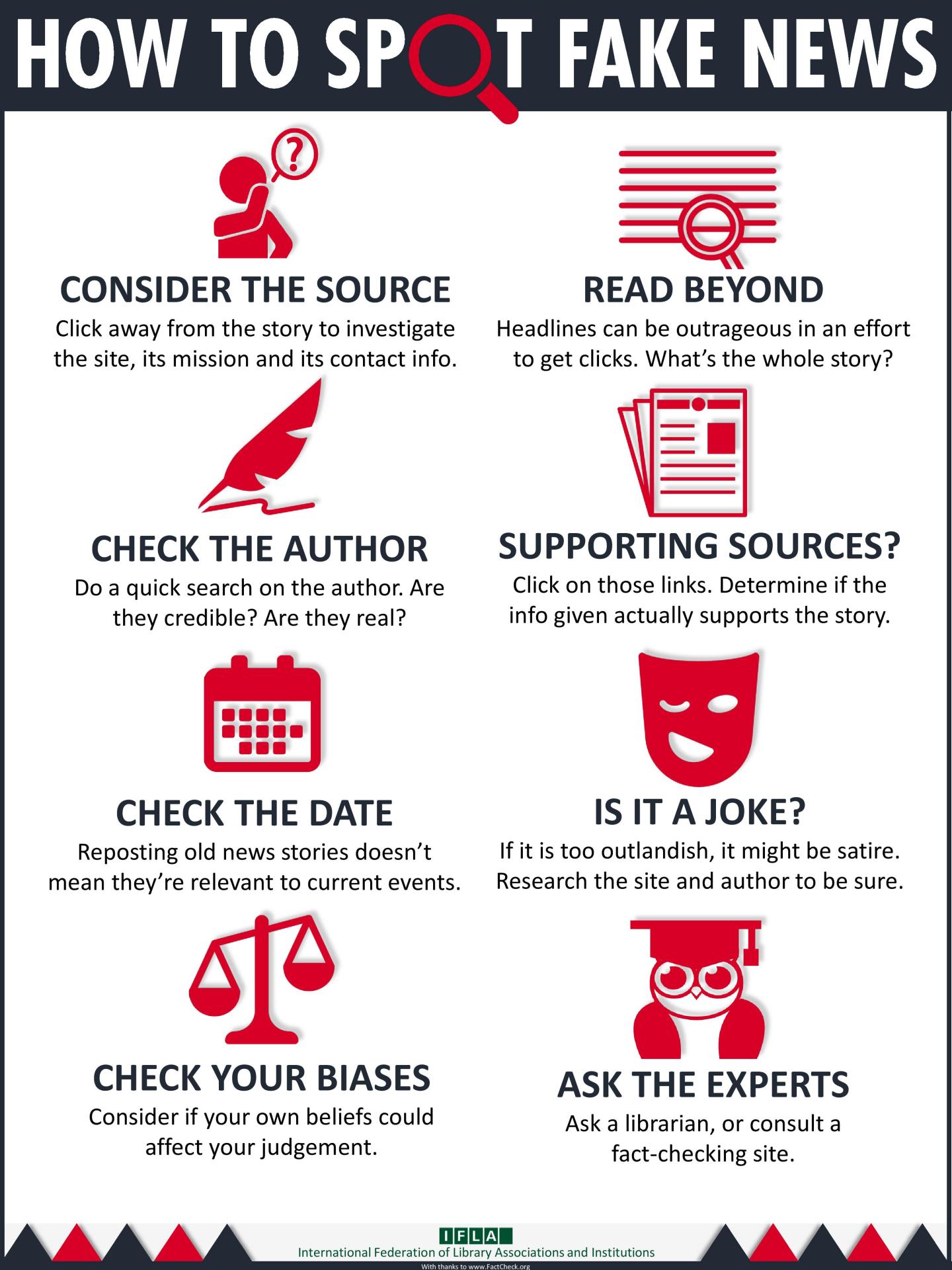Students distinguish between popular and scholarly information sources in order to select the sources whose purpose, authority, and audience are consistent with their information needs.

Discussion Prompts
- When might it be a good idea to use a popular rather than a scholarly source?
- More and more, scholars are using social media tools like Twitter or nontraditional platforms like YouTube to share ideas and scholarship (see Brain Network: Social Media and the Cognitive Scientist). How does this complicate the way we might think about Popular and Scholarly Sources?
- Authority is socially constructed, and it differs depending on context. What does it mean to be an authority? Who is an authority in your community? In your family? In a place of worship? At a sporting event? In which areas are you an authority?
- Often times, academia privileges certain voices, usually the authors of scholarly articles and books. Do you agree that those who create scholarly materials are more authoritative than those who create popular sources? Why or why not?
Class Activities
- Have students use one of the library’s databases by subject to locate a scholarly source, then prompt them to locate a popular source on the same topic. Ask students to reflect upon the following questions: Do the perspectives agree? How is the language that is used similar or different? Do the sources have a similar purpose? Who is the audience for each source? Why might the authors have different approaches to the same topic? Where did you find each source? What process did you go through to acquire each source? What perspectives or voices are not represented in either source? Where might you locate these missing voices or perspectives?
- Provide half of your students with an excerpt from a popular source, and the other half an excerpt from a scholarly source (ideally, these excerpts address a similar topic). After students independently read their assigned excerpt, they then work with a partner who was assigned the other excerpt. Student pairs should identify the characteristics of each excerpt as well as similarities and differences between the excerpts, including language/tone, authors’ intent, use of data, presence of in-text citations, etc.
- Find a scholarly book or article. Research the author(s) and answer the following questions:
What type of education does the author have?
What else has the author written?
Where does the author work?
What else can you find out about them?
As a group, discuss: How might the author’s social location, experiences, etc. affect their perspective? How might the author’s perspective be different than someone who has had different experiences?
- Read the blog post For Colored Girls in Academia, and prompt students to jot down their initial reactions. Then,discuss CSUSB’s instructional faculty breakdown (p. 24). Consider exploring Yale University’s instructional faculty breakdown (p. 22) as well. Taking these sources into consideration, consider what they tell us about academia. Whose voices remain excluded or underrepresented in higher education? If students are unaware, inform them that college/university professors and instructors are typically the same people who create and publish scholarly sources. In fact, it’s often a requirement for tenure and promotion and is thus a part of their job.
Did You Know?
- Students often don’t realize that it takes time for scholarly sources to be created. Too often students look for scholarly information about an event that happened very recently, only to become very frustrated when they cannot find anything on their topic. If your assignment allows students to pick their own topics, attending to topic development in class essential! For help, see our guides on Choosing a Topic and Narrowing a Topic. See also North Carolina State University’s One Perfect Source? (CC-BY-NC-SA 3.0)
Pfau Library Videos
Related Resources
Anatomy of a Scholarly Article — North Carolina State University Libraries (CC-NC-SA 3.0)
Annotated Research Papers and Accompanying Teaching Materials — Science in the Classroom
Evaluating Information — Penn State University Libraries (CC-BY-3.0)
LibGuide: What are Scholarly Journals? (with practice activity to identify different types of sources)
Tutorial: What are Scholarly Journals? (video)
LibGuide: Fake News & Fact Checking
TedEd Video: How to Choose Your NewsEbook: Web Literacy for Student Fact Checkers (Mike Caulfield, CC-BY-4.0)

